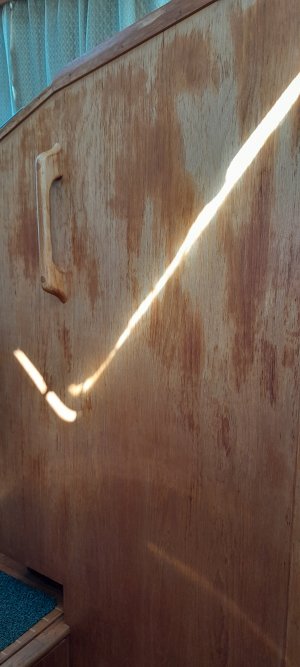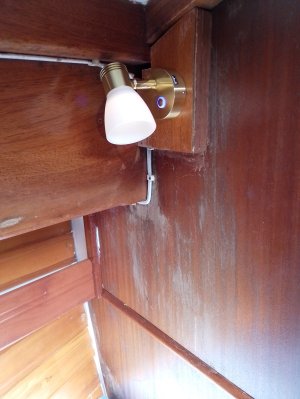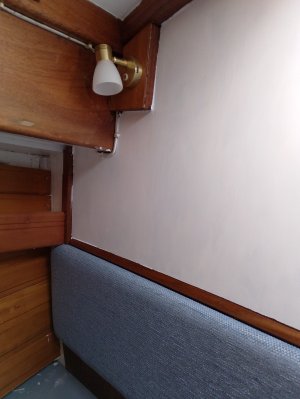morris6345
New member
Seeking advice on an internal wood revarnish. I have lightly rubbed down one of our panels in our boat as it was showing signs of sun damage and some areas were stained. I treated the dark areas with wood bleech which removed the staining. It all looked an even finish before varnishing. It's had two coats of Hempel Dura-Satin varnish and it's gone patchy. The patches seem to be getting worse. It's now been about 4 days since varnished. I've not done anything else as I did not want to make the situation worse. Any advice on getting an even finish. Should I just rub it down and start again?



